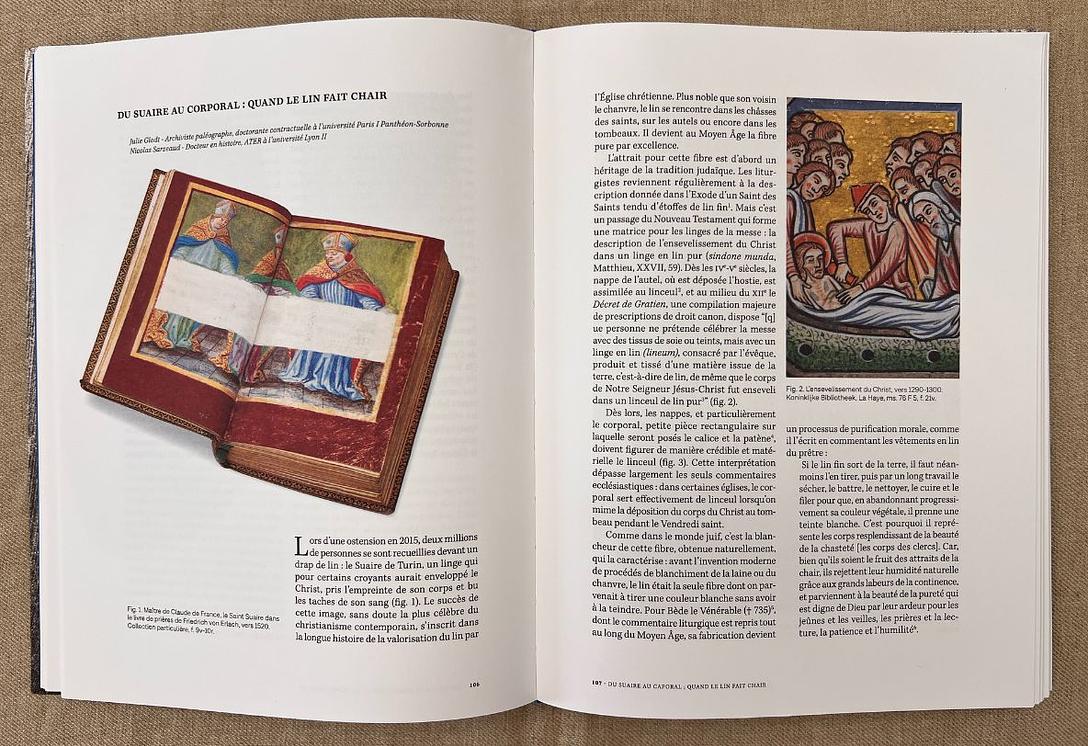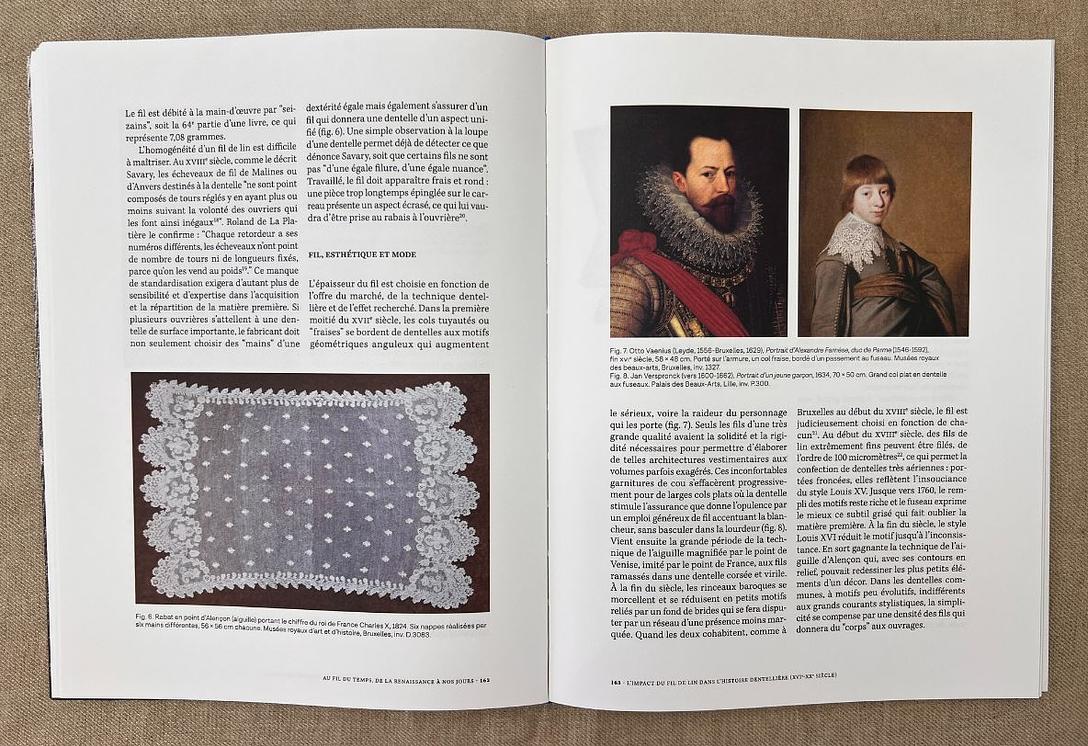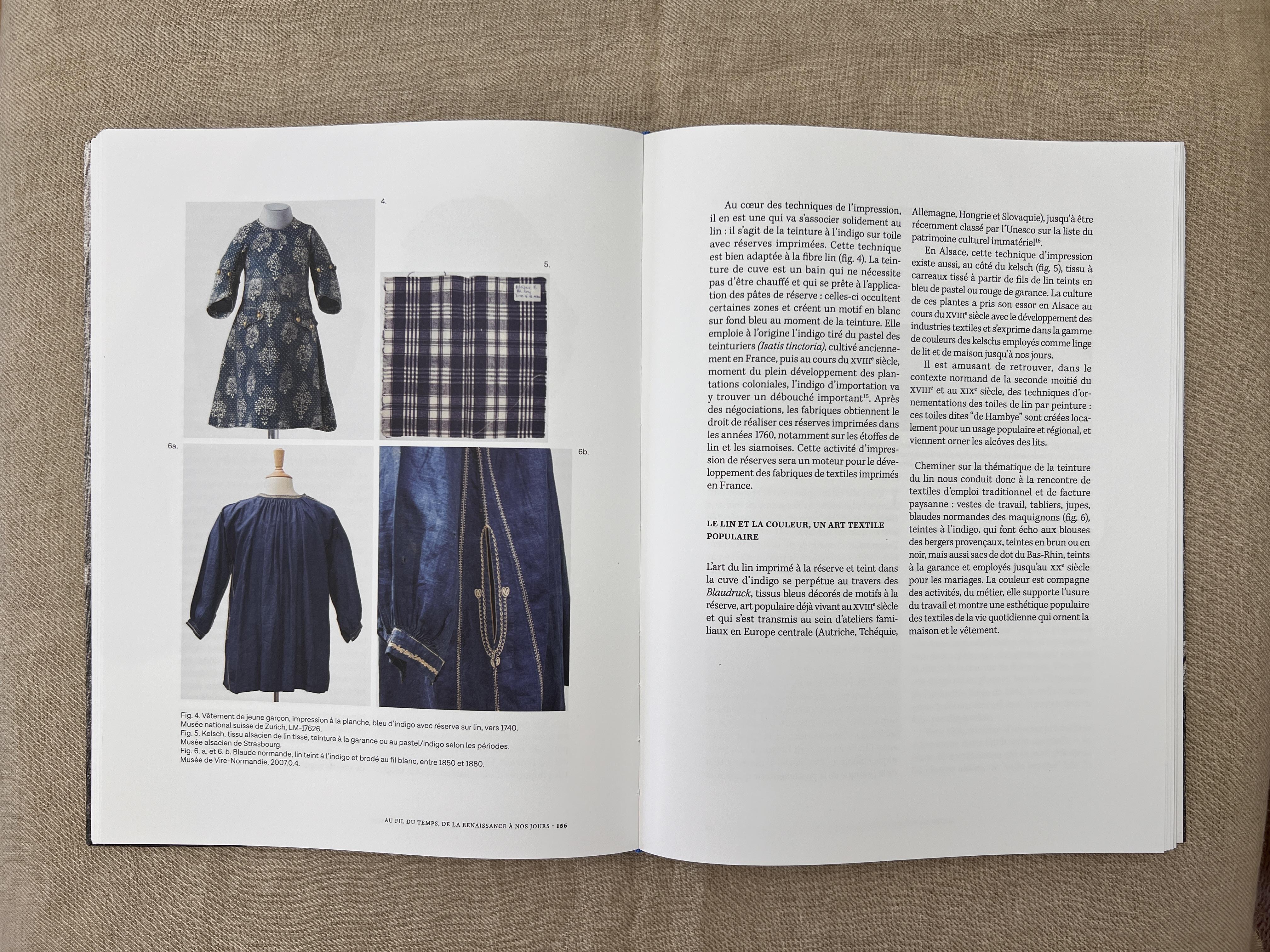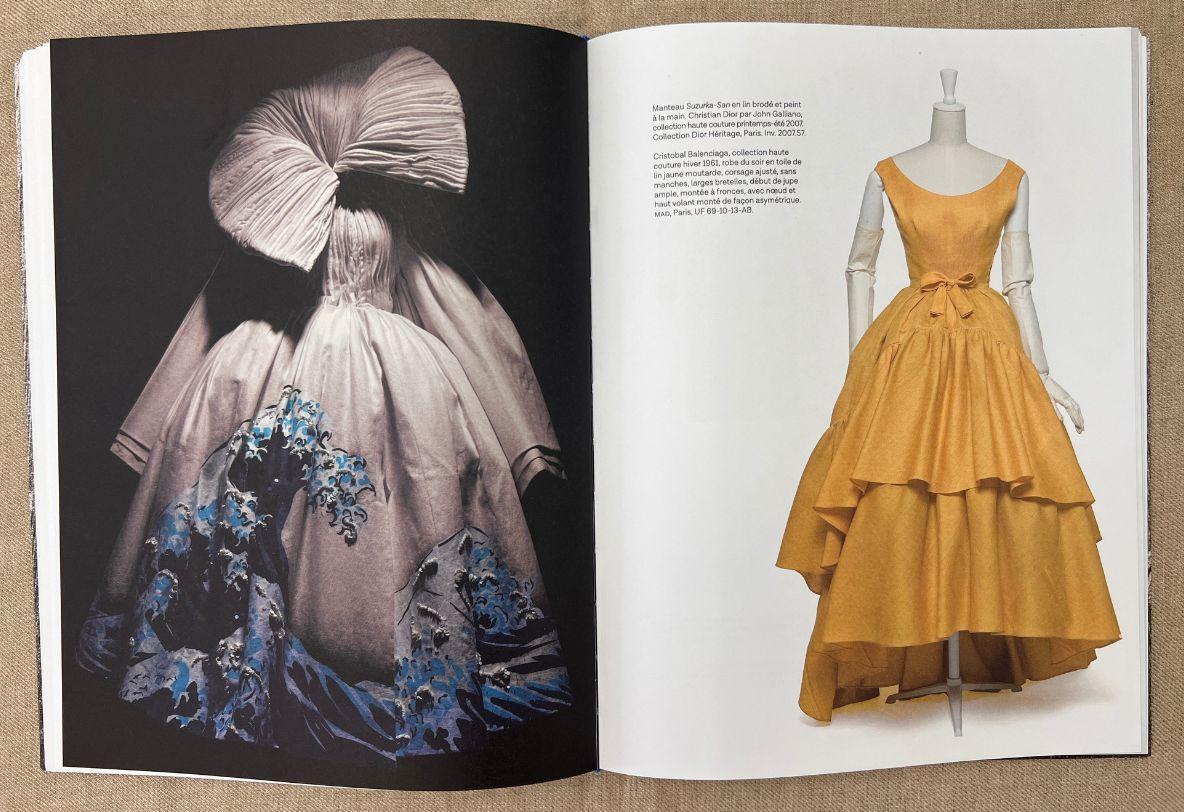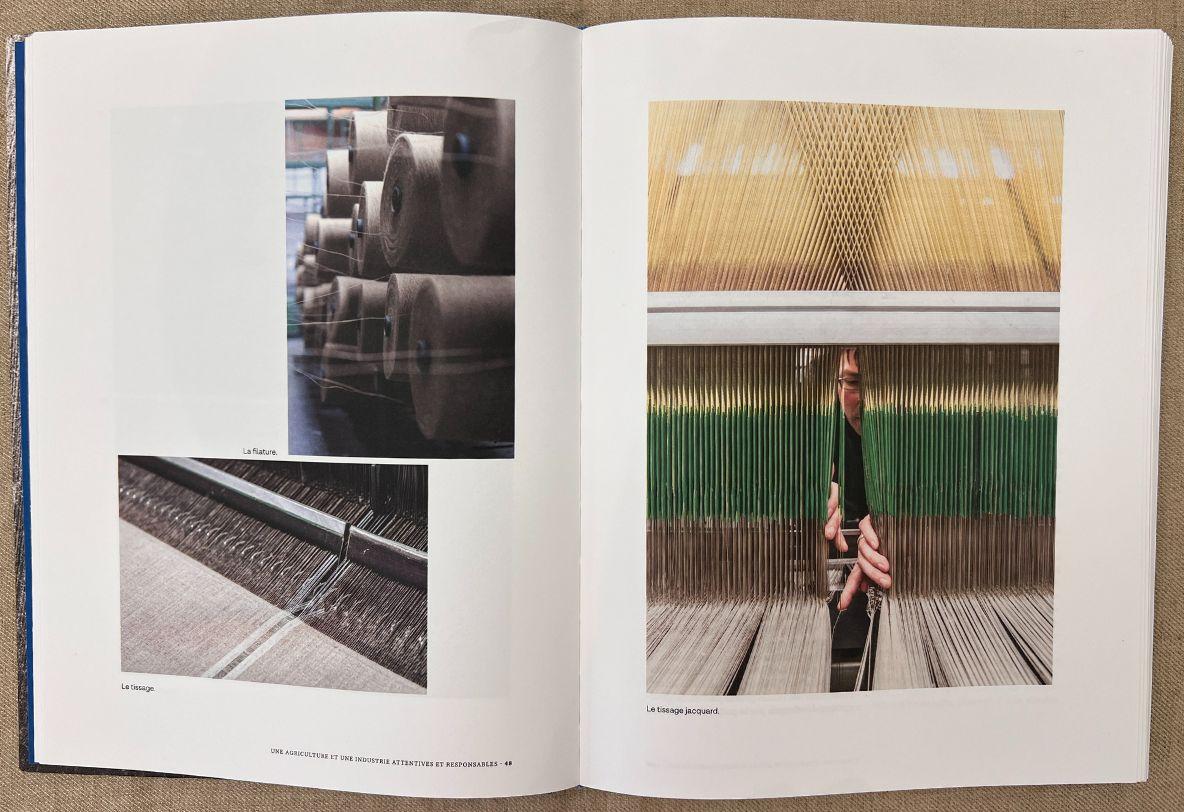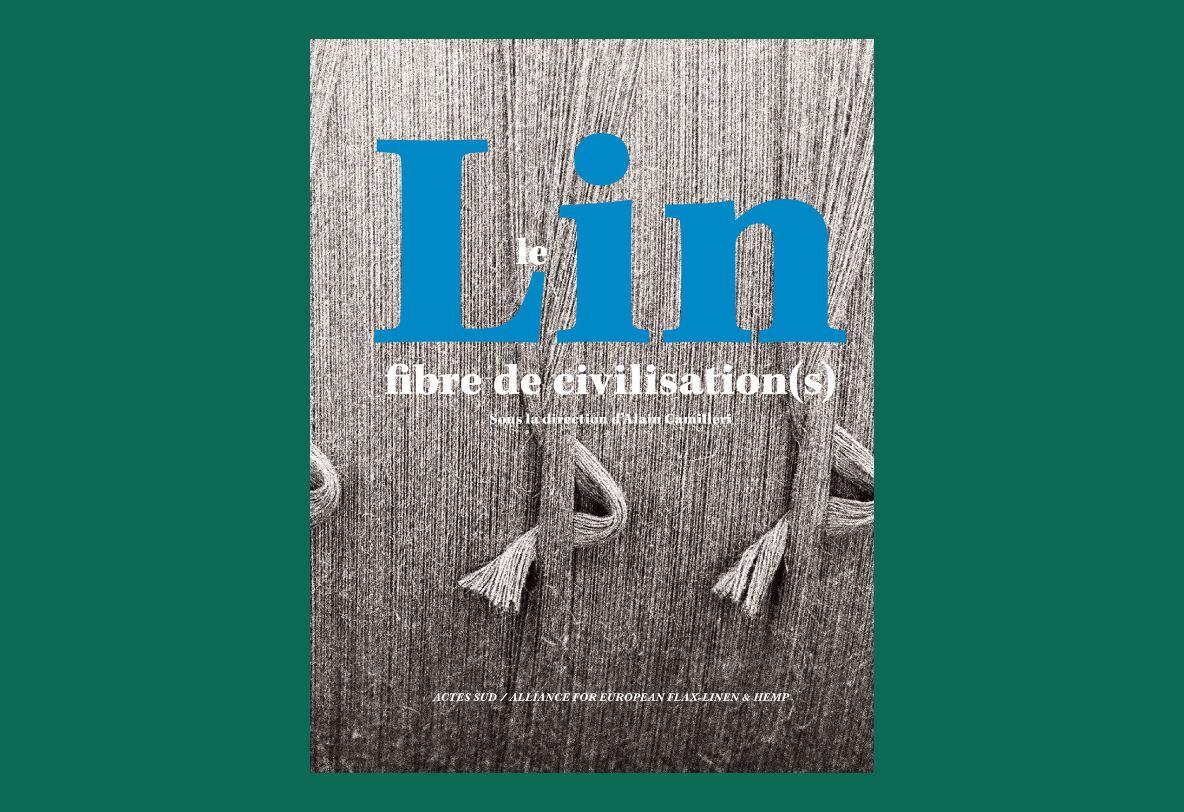Linen fabrics in the Renaissance: refinement and elegance
The Renaissance (16th-17th centuries) marked a real turning point in the centuries-old history of linen. From an essentially practical use, linen took on a social function. Imbued with unprecedented refinement, linen gained its status as a fashion fibre.

